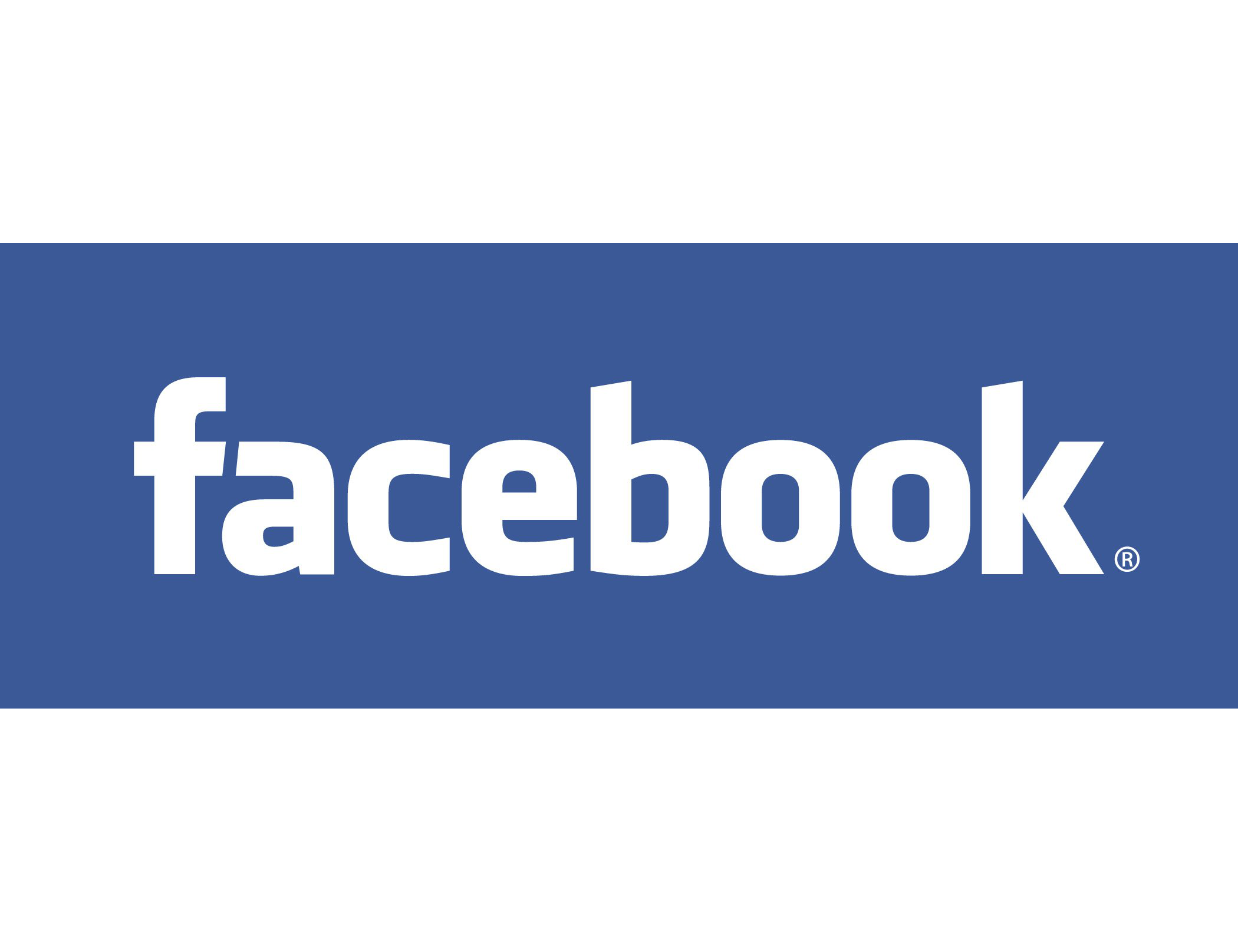 We live in an era where we have multiple ways of communicating with each other. The landline phone is still used. Then there is the mobile phone. We also have Facebook, Twitter, Skype, WhatsApp, Telegram, imo, and a whole host of other web based messaging applications.
We live in an era where we have multiple ways of communicating with each other. The landline phone is still used. Then there is the mobile phone. We also have Facebook, Twitter, Skype, WhatsApp, Telegram, imo, and a whole host of other web based messaging applications.
And we still have the email.
The funny thing is that email has managed to survive the onslaught of so many web-based applications. While people may no longer be sending email forwards like they used to, or writing very long emails, a lot of communication (especially the formal kind) still happens over email.
Why is that? Before I get into answering this, it is important to understand a term called “network externality”. As economist John Kay writes in his book Everlasting Last Bulbs—How Economics Illuminates the World: “Network externalities are a new buzzword in business economics…in which the company that is first to create the largest network denies access to competitors and establishes an unassailable monopoly…Connectedness is vital, and it is best to be connected to the largest network.”
Take the case of Facebook. It is one of the best examples of network externality. As economist Paul Oyer writes in his book Everything I Ever Needed to Know about Economics I Learned from Online Dating: “The rise of the internet has made network externalities more apparent and more important in many ways…
Perhaps the best example of the idea is Facebook. Essentially, the only reason anyone uses Facebook is because other people use Facebook. Each person who signs up for Facebook makes Facebook a little more valuable for everybody else. That is the entire secret of Facebook’s success—it has a lot of subscribers.”
This explains why Google+ despite getting fantastic initial feedback from the tech freaks, never really took off—everyone was already on Facebook. This also explains why Orkut had to shut down because everyone had moved to Facebook.
As Niraj Dawar writes in Tilt – Shifting Your Strategy from Products to Customers “For those who want to be a part of a social network, it makes sense to congregate where everybody else is hanging out. There is only one village square on the internet, and it is run by Facebook. Being on a different square from everyone else doesn’t get you anywhere—you just miss the party.”
Further, what this also tells us is that in order to communicate with someone who is on Facebook, you need to be on Facebook as well. But that’s not how things work everywhere. Take the case of the mobile phone. Calls made from a phone connection issued by one company are not limited to only those connections issued by the same company.
As Kay writes: “The world telephone system consists of many operators, large and small. Most provide service in a particular geographical area, and connect each other call’s through negotiated access agreements.”
The same stands true for ATMs as well. Payments can be made across banks. “Today, a network of clearing and correspondent agreements ensures that you can make a payment through your local bank to anyone in the world,” writes Kay.
But this is something that is not possible in case of the web based messaging services. You cannot send a message from Facebook to WhatsApp, for example. As writer Kevin Maney puts it: “Email is technology’s cockroach: Everyone hates it but we also can’t kill it. We can’t kill it because it’s the only communications tool since the telephone that is universal. As company walls and national borders break down in cyberspace, email is the only way we can share ideas and digital matter with nearly anyone, anywhere.”
And why is that? As Maney explains: “Different age groups and different nationalities are latching onto messaging apps, but the messaging apps don’t talk to one another, or even do the same things.”
This explains why the email has managed to survive the onslaught of the web based messaging applications and continues to be used.
The column originally appeared in the Bangalore Mirror on November 4, 2015